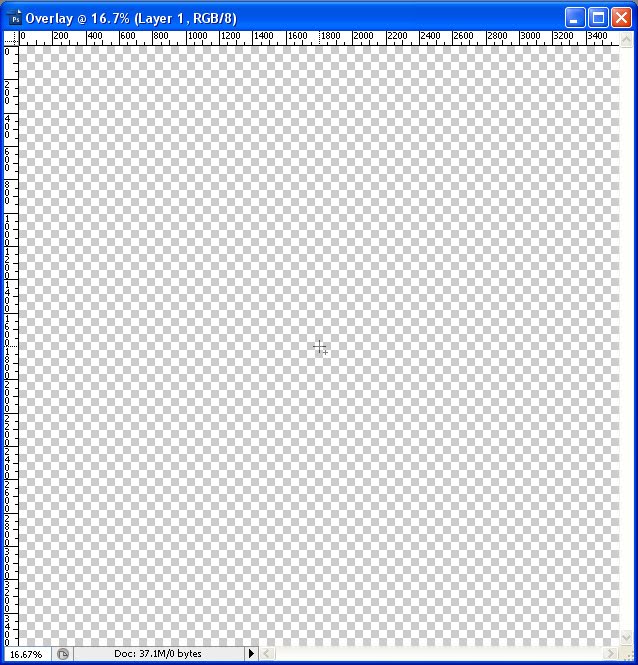
/Image01-57bc61955f9b58cdfd42e897.jpg)
- PHOTOSHOP WHEN USING RULER TOOL IT GOES ONE PIXEL MORE SOFTWARE
- PHOTOSHOP WHEN USING RULER TOOL IT GOES ONE PIXEL MORE TV
- PHOTOSHOP WHEN USING RULER TOOL IT GOES ONE PIXEL MORE MAC
If it goes down, the pixels are still here, displayed in 109PPI. The screen has a best pixel screen size of 2560*1440px. I said virtually because in this case it will be. After all you’ll have 23.5 horizontal inches to fill with virtually less pixels. If you reduce it, the elements will appear bigger. Let’s take our 27” Cinema Display that can display 109 PPI at a best pixel screen size of 2560*1440px. It was slightly different with old CRT monitors, but since those can be considered dead, let’s not enter into the details (and not reveal my only partial understanding of the good old TV).
PHOTOSHOP WHEN USING RULER TOOL IT GOES ONE PIXEL MORE SOFTWARE
The "best" resolution is the state where the number of pixel physically display matches the number of pixel drawn by the software one to one. Today’s LCD monitors have a pre-defined default or "best" resolution. So let's see how a physical display uses these number. As we've seen before, this is not a unit of measure of the screen size. 2560 being the width, 1440 is the height. For example 2560*1440px for the cinema display 27in consitutes its "screen pixel size".

The "screen pixel size", also commonly referred as "resolution" (PPI being referred as pixel density) everywhere is the number of pixels displayed horizontally and vertically on a screen. Screen resolution can have a huge impact on how the user perceives your design. Screen pixel size (and "Best" resolution) Understand this and screen density will have no secret for you. Takeaway: A pixel in itself has no size or physical representation, it can only carry value through its relationship with the screen physical size, creating the resolution, or PPI. The only way of appreciating its resolution is by pairing the pixel count it with the device physical size, and that measurement is the PPI.
PHOTOSHOP WHEN USING RULER TOOL IT GOES ONE PIXEL MORE TV
You can very well have a 40” TV using 1920*1080px or a 5” phone. The Pixel screen size in itself doesn’t give you any information about how sharp the screen might be. “2560x1440” is the pixel count, as referred in the first paragraph as “Pixel screen size”. The width of the actual screen is approximately 23.5 inches so if we apply these values for the formula above, we can understand how they work together.Īs you might have noticed in my explanations, “Resolution” stands for PPI, in this case “109” but not “2560x1440”, like you might commonly see everywhere on the web.
PHOTOSHOP WHEN USING RULER TOOL IT GOES ONE PIXEL MORE MAC
Laying it all out, it looks like this:Ī Mac Cinema Display 27” has a PPI of 109, which means that it displays 109 pixels per inch of screen. It is a part of a relationship between the physical screen size, expressed in inches, the screen resolution, expressed in pixel per inches and the pixel screen size, expressed in pixels. A pixel has no size, no physical value or meaning outside of its mathematical representation. Asking someone what the size of a pixel is is a good way to confuse him or her because it’s a trick question.


 0 kommentar(er)
0 kommentar(er)
